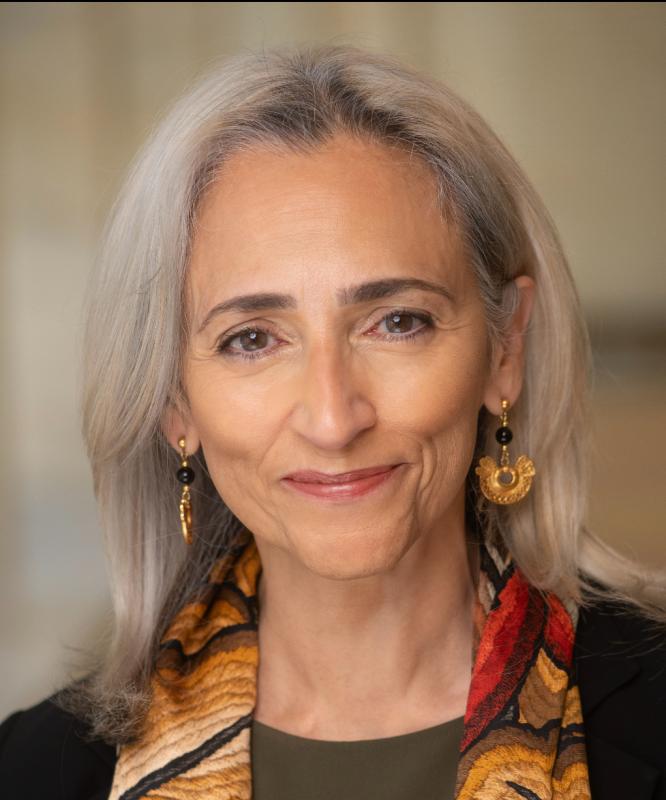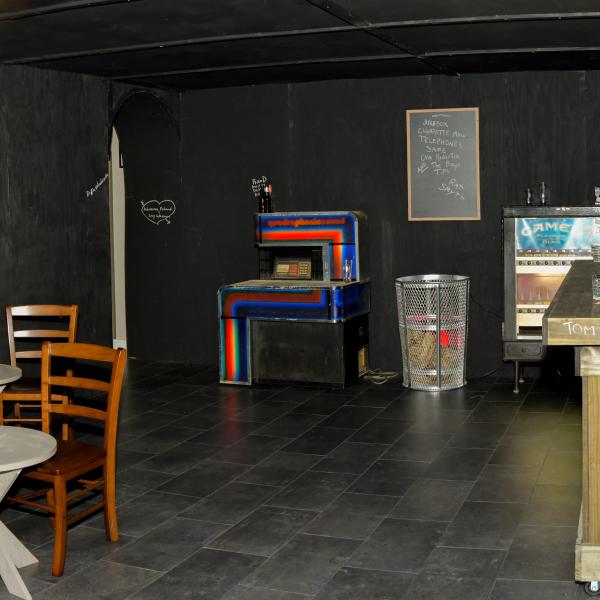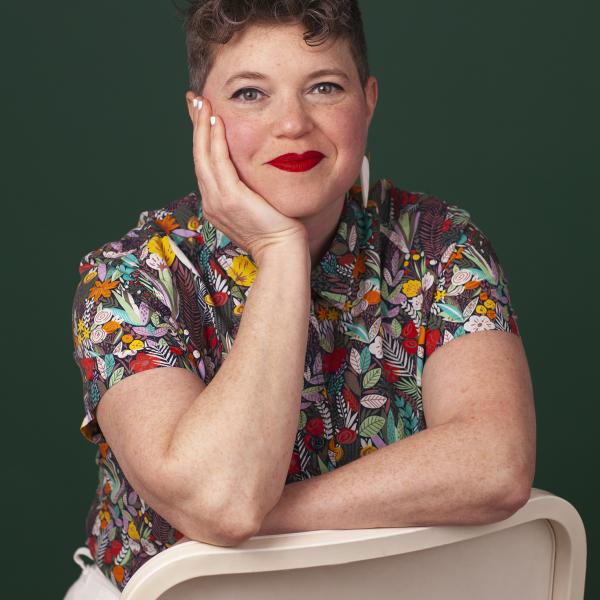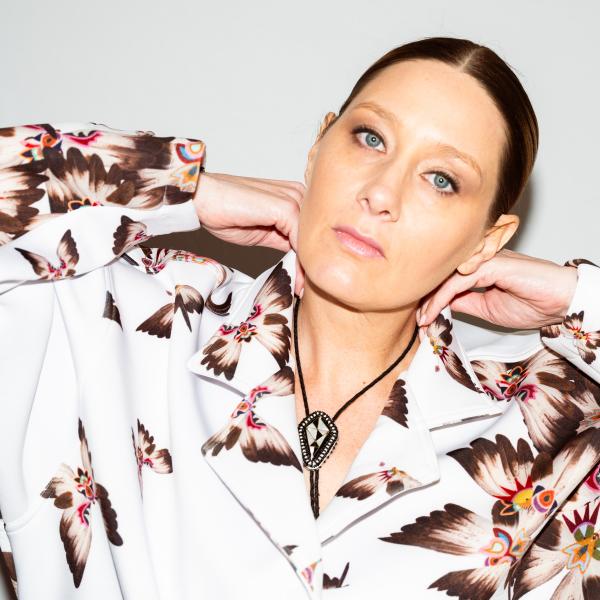Healing, Bridging, Thriving: A Reflection from the Performing Arts Centers Caucus
Arts and culture enrich our lives, our communities, and our nation. In this pivotal moment in our history, there is a growing recognition that the arts reveal new ideas, unlock opportunities, and help us confront the many challenges before us. On January 30, 2024, the White House Domestic Policy Council and National Endowment for the Arts (NEA) co-hosted Healing, Bridging, Thriving: A Summit on Arts and Culture in our Communities, a first-of-its-kind convening to share insights and explore opportunities for arts organizations and artists to contribute to the health and well-being of individuals and communities, invigorate physical spaces, fuel democracy, and foster equitable outcomes. In this blog series, you’ll hear from the many diverse perspectives represented at the event—including government officials, policymakers, artists, advocates, academics, and arts leaders—as they share what ideas and inspiration they took from the experience, and how they’re working to advance a broader understanding of how arts and culture can contribute to other fields and unlock new opportunities for artists.

Photo courtesy of Josephine Ramirez.
How would arts nonprofits change if we really leaned into our potential to act as civic cultural forces for equity and access to the good that the arts do? Specifically, for many performing arts centers (PACs), it means reflecting on our roots as public institutions—and for initiating new, innovative, and generous ways to operate and partner.
PACs represent an often-overlooked arts and culture asset in many communities across the country, yet it’s difficult to generalize about them. Of the many hundreds of PACs that exist in all corners of the U.S, more than 100 identify as nonprofits or as government –owned-and-operated facilities—and there are hundreds more that classify themselves in other ways. Even within the narrow slice of those defined as non-profit or government-types of facilities are wildly different stories of origin, organizational structure, and size. Their modes of operation range from “landlord/host” to “presenter/producer,” meaning that PACs vary greatly in the amount of content they produce or present themselves (versus what is produced or presented by companies that lease or rent PAC venues).
Recent data from AMS Planning and Research from a subset of the larger PACs confirms that most do not receive much direct government support. While the smaller number of PACs that operate with greater direct government support (like The Music Center where I work in Los Angeles County) clearly have a much greater motivation to provide a robust return on that investment, all PACs exist in some way as local arts and culture-focused public assets.
PACs that aspire to lead as civic cultural institutions find themselves at an inflection point. Reflecting what’s happening across the leadership of large nonprofit arts organizations in the U.S., PACs are in the midst of a critical and profound generational and demographic shift, a changing of the guard moment during which more women than ever before are becoming CEOs. Many PACs are forming new alliances to explore their collective voice as advocates for change, including identifying and acting on their shared goal to nourish and place BIPOC (Black, Indigenous, People of Color) executive leaders within the network.
PACs are often among the larger organizations in their local arts ecosystems. Because of their physical size, they often have the capacity to scale what they offer to larger numbers of people and, consequently, have a larger local public profile as arts-dedicated sites. They also are more likely within an arts ecosystem to provide stable, competitively salaried employment with benefits, and to generate economic activity with a significant local multiplier effect.
These PACs engage in ongoing conversations about how to fulfill a civic cultural anchor role—how to maintain these huge public assets while embracing a fresh civically-powered vision and purpose? At this critical point for many PACs at their crossroads—the ones now emerging with an equitable vision for the future and the relative stability to lean into the civic dimension of their role—how do we keep moving forward with innovations that maintain momentum?
Several PACs in the U.S. and Canada are already leader/innovators practicing a shared services model that provides a variety of services across organizations in their local communities (health insurance, marketing, ticketing). What if more PACs were incentivized to spread institutional resources like this in ways they haven’t before, in partnership with smaller organizations with whom they share a civic vision? What if PACs were offered ways to provide long-term partnerships with subsidies for shared use of office, rehearsal, or performance space?
Given that individual philanthropy often flows strongest to larger organizations in most arts ecosystems and remains the most delicate lever to recalibrate without threatening the stability that these same organizations could provide to the local arts ecosystem, could PACs begin a dialogue with key individual donors to agree that a portion of their gift will be targeted to a fund subsidizing other local (and smaller) organizations? Could government and private foundations invite a conversation with PACs about creating support for other kinds of “shared service” models that strengthen local arts networks? Together with a community of local arts partners sharing a civic vision, we could act more as a connected force promoting, deepening and enriching cultural lives.
Special thanks to Steven A. Wolff of AMS Planning and Research, and to Kendra Whitlock Ingram of Pittsburgh Cultural Trust
Josephine Ramirez is executive vice president at The Music Center/Performing Arts Center of Los Angeles County, overseeing $20 million in programming. With 30+ years in nonprofit arts, Ramirez previously was the Arts Program director at the James Irvine Foundation. She has held roles at The Getty Trust, served as a Los Angeles City Cultural Affairs Commissioner and as a founding commissioner of the El Pueblo Historic District. A Harvard University Graduate School of Design Loeb Fellowship alumna, Ramirez explores how the impact of informal art making contributes to individual and community vitality.




